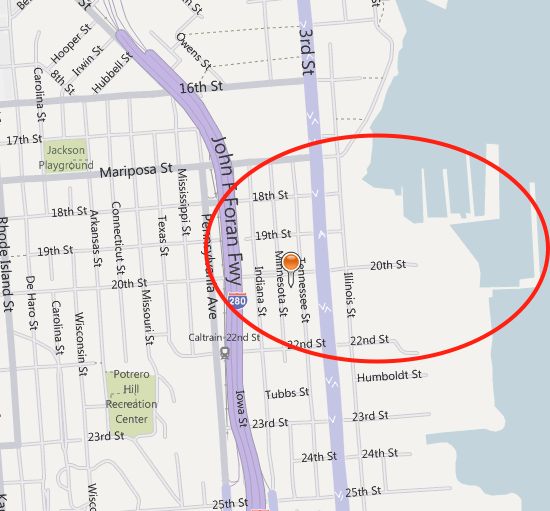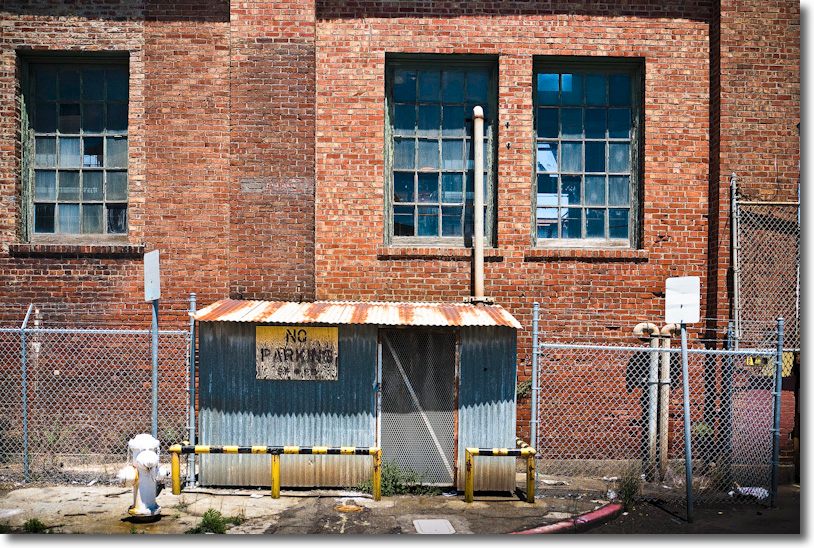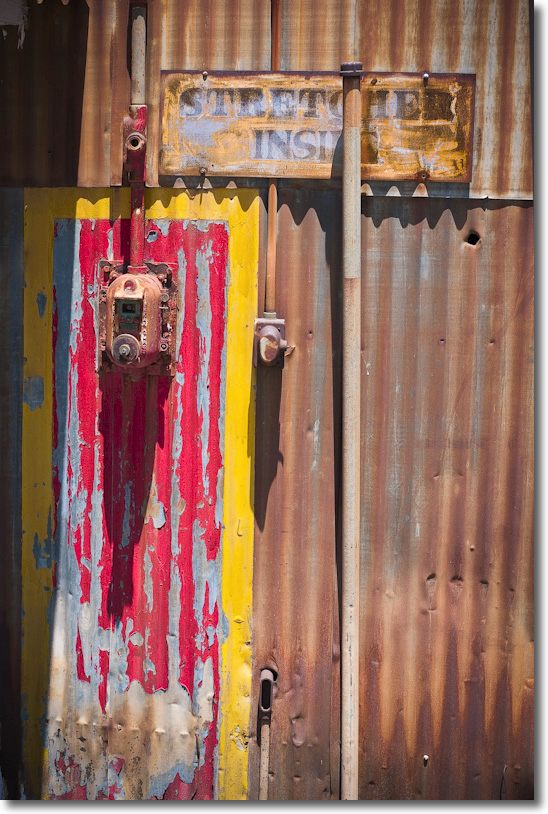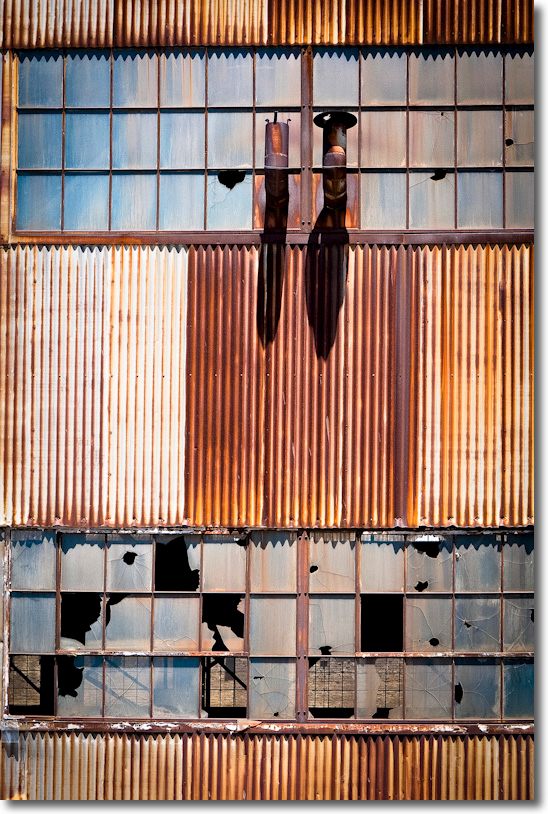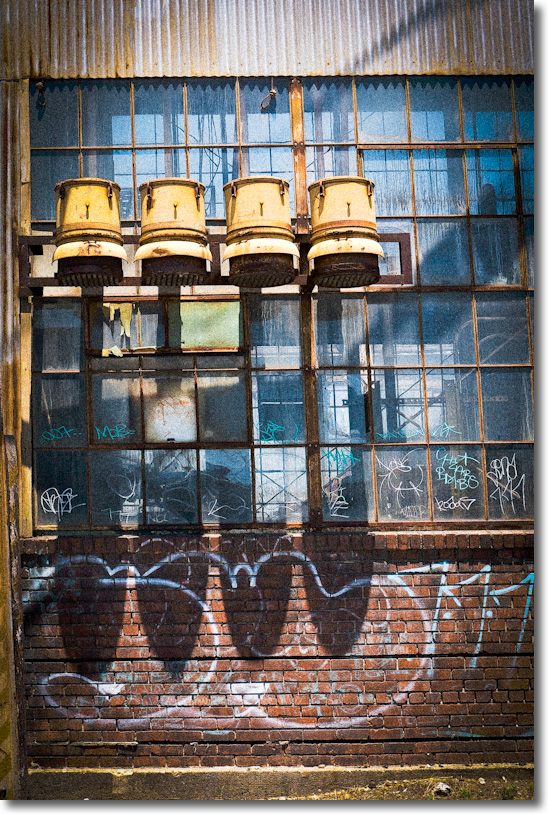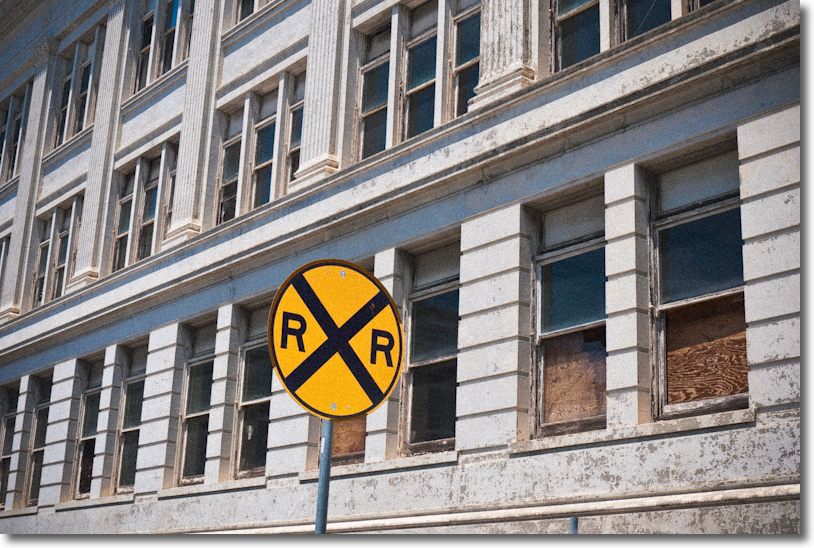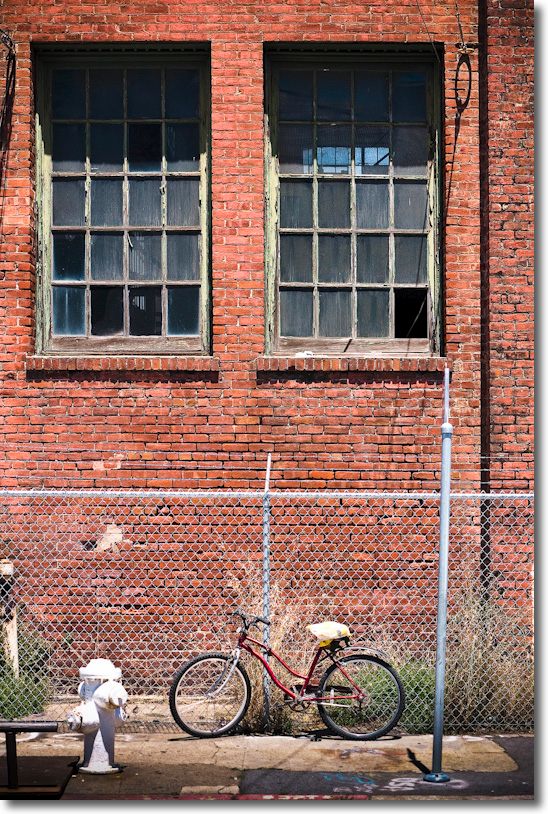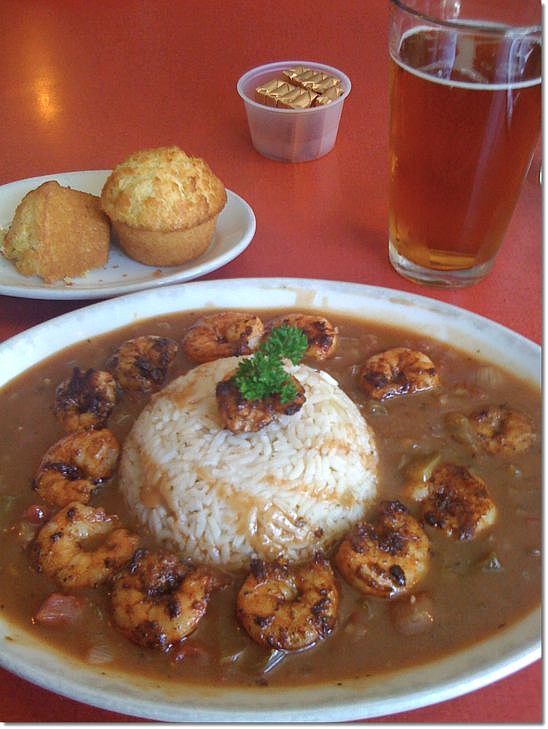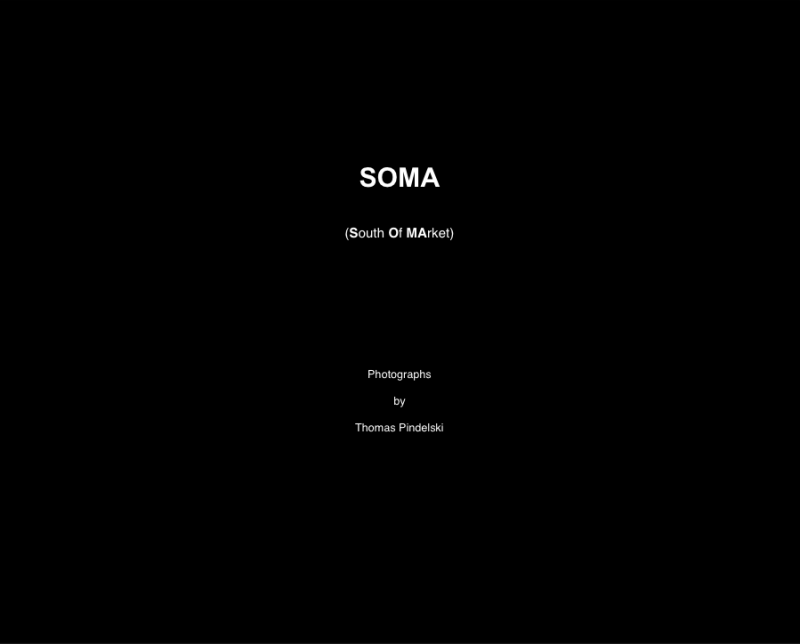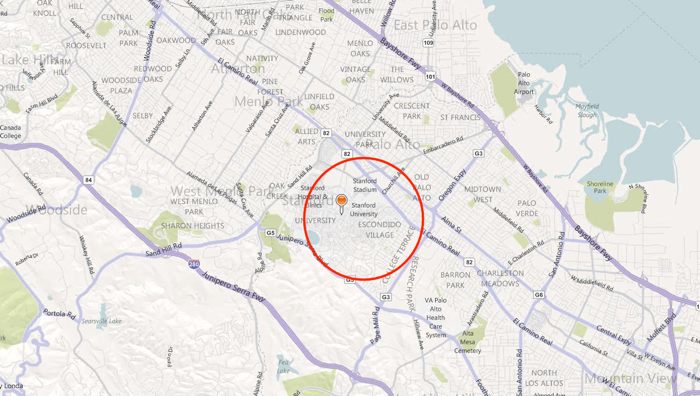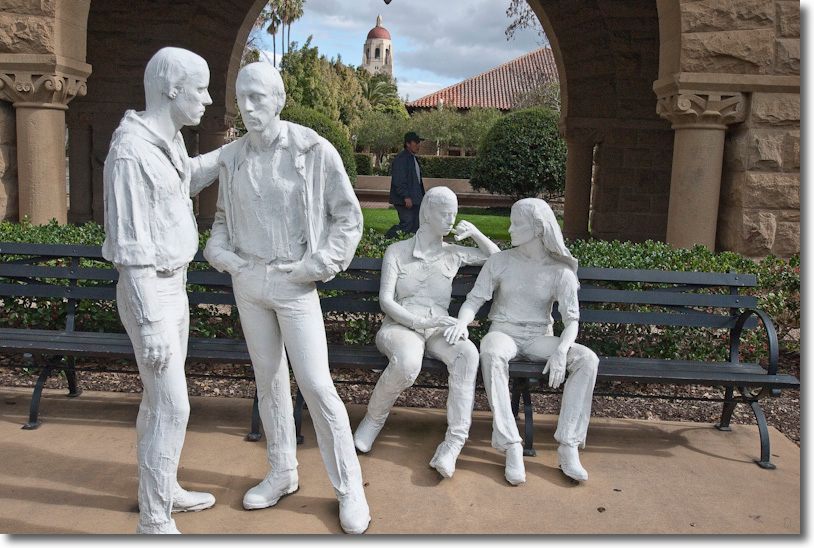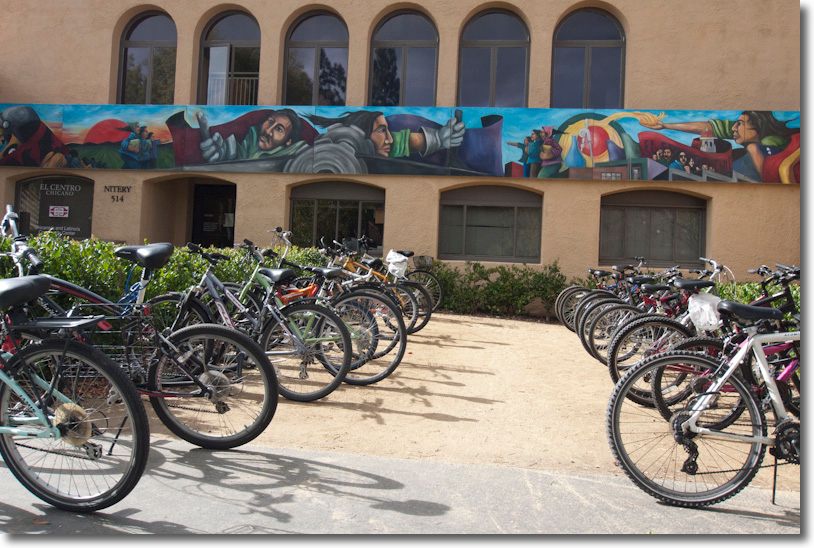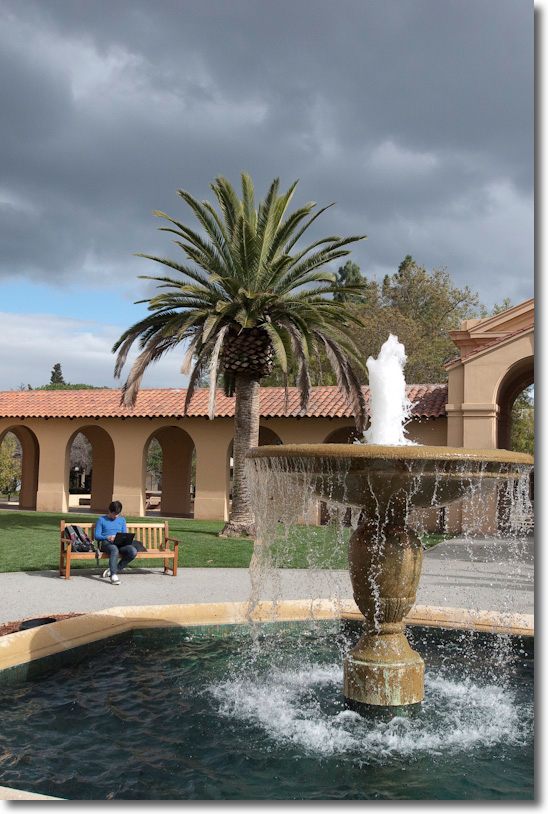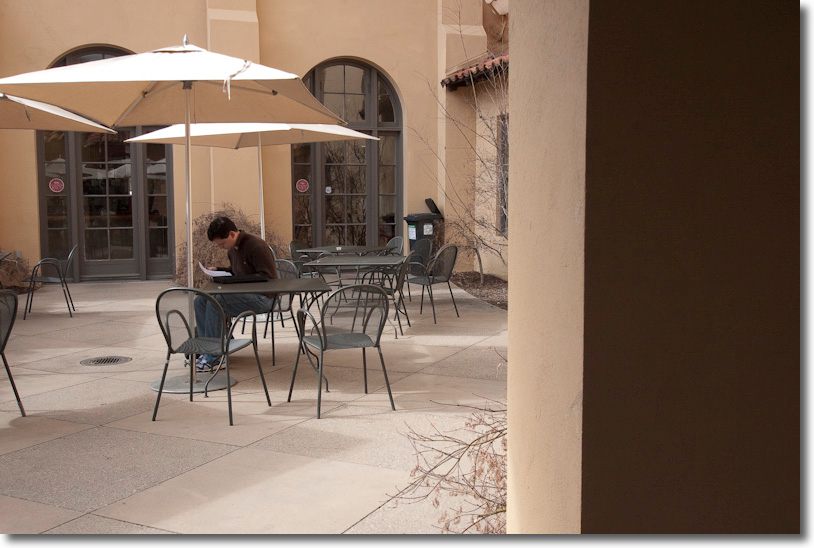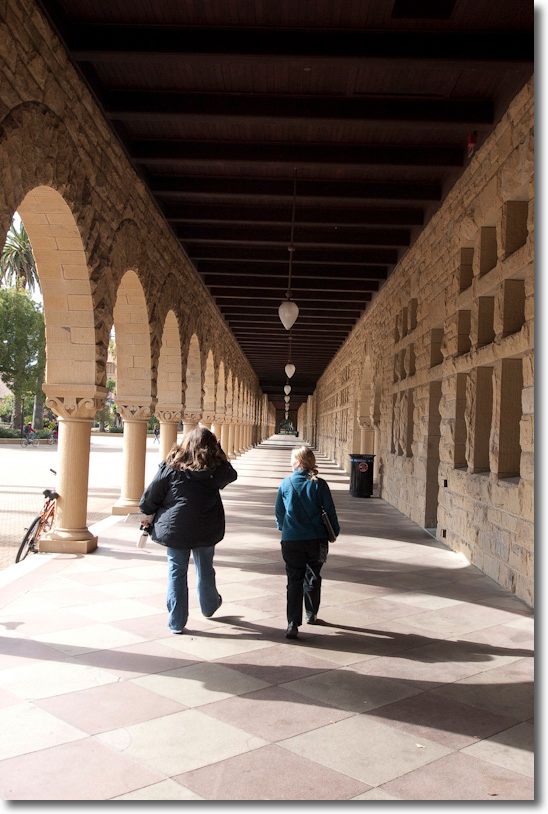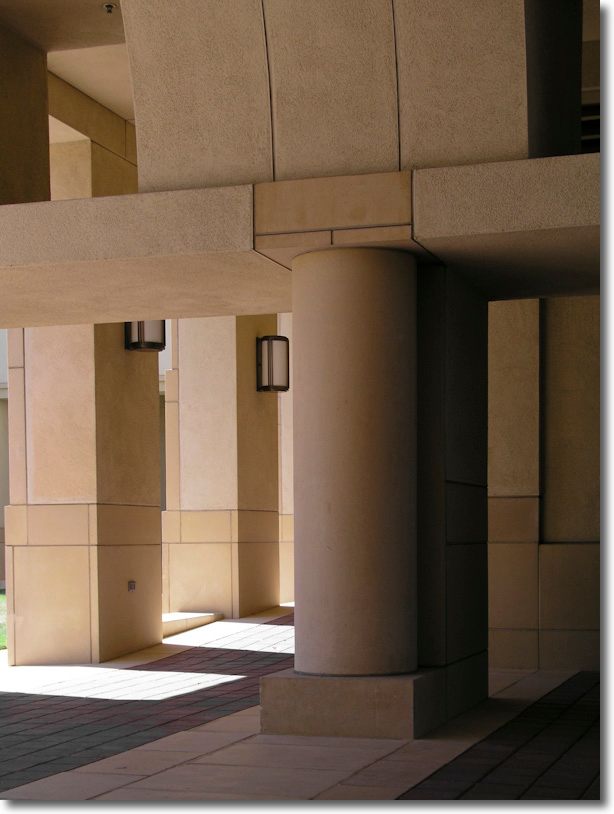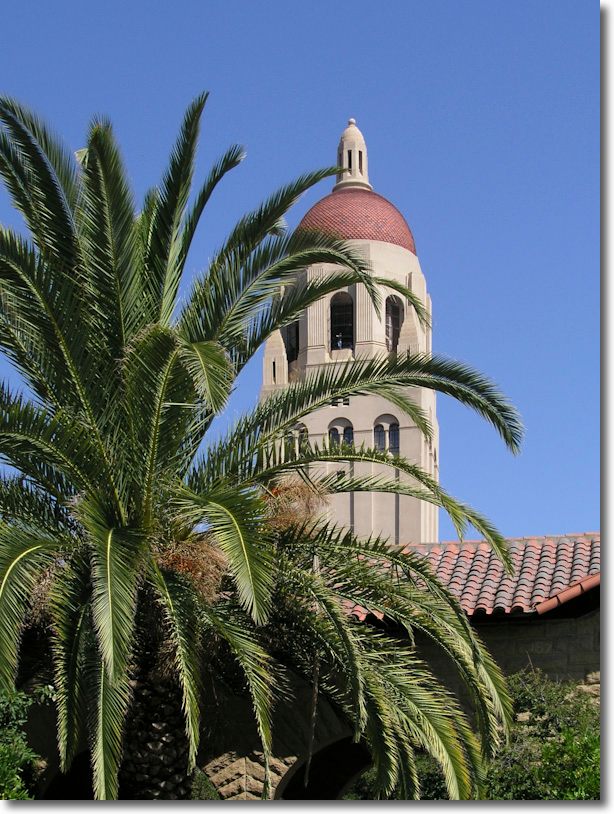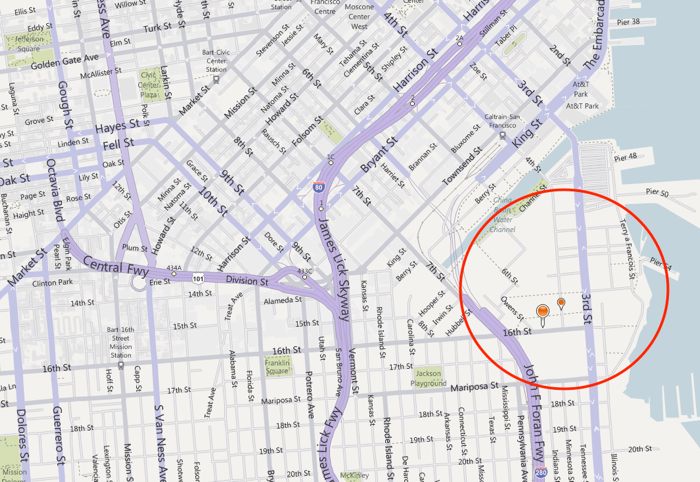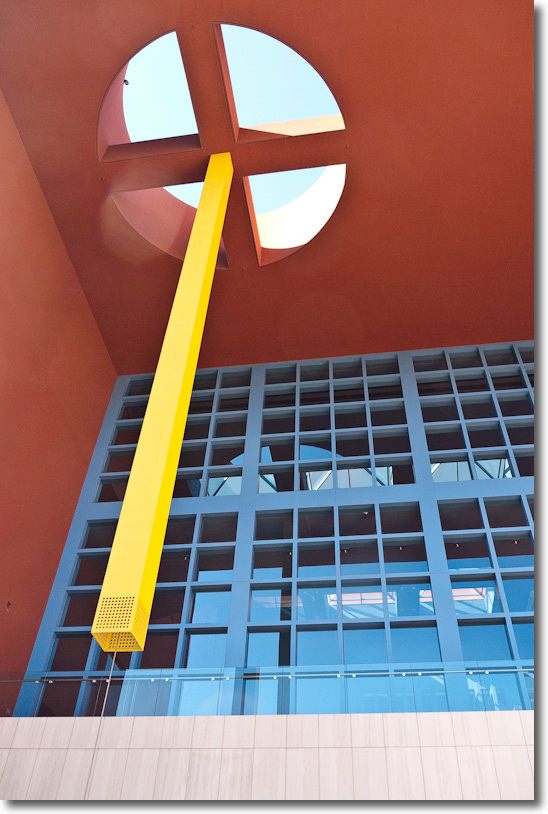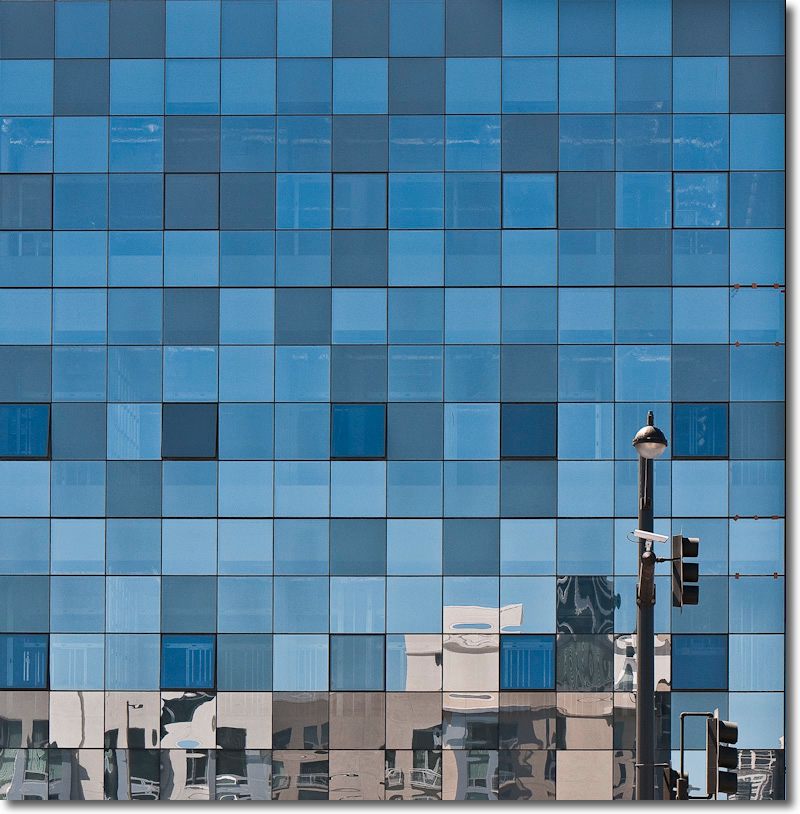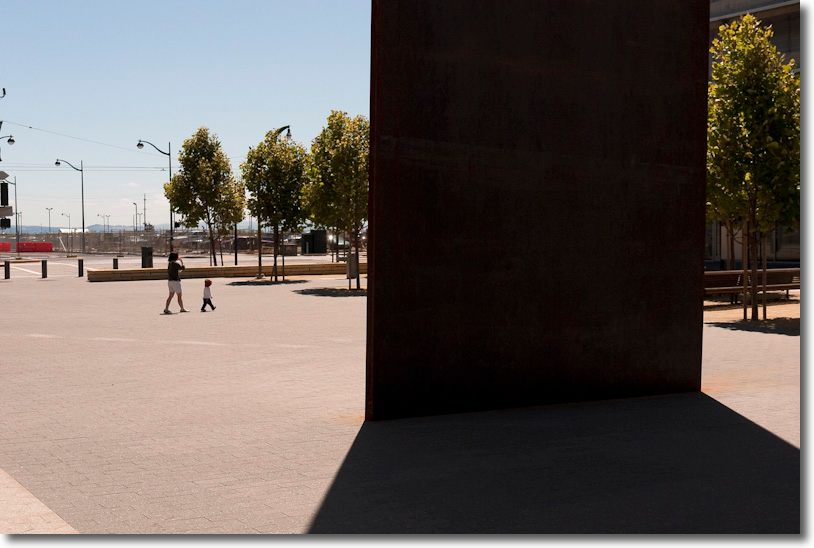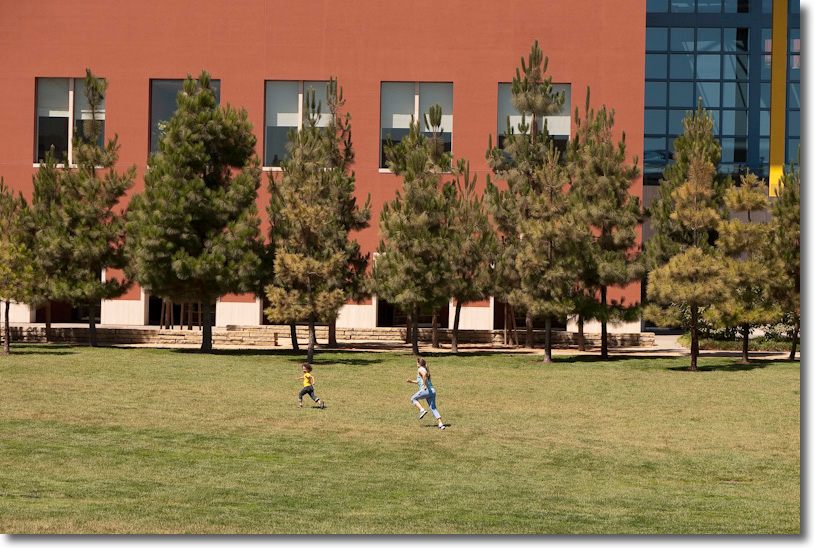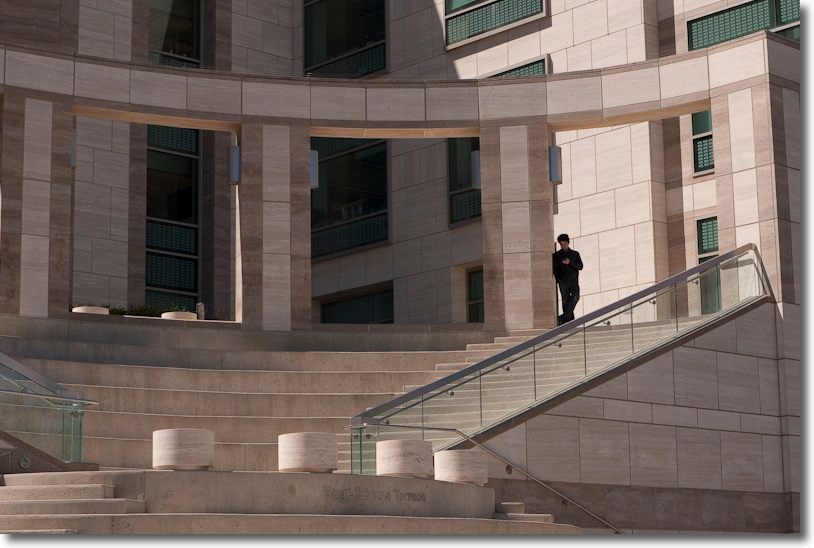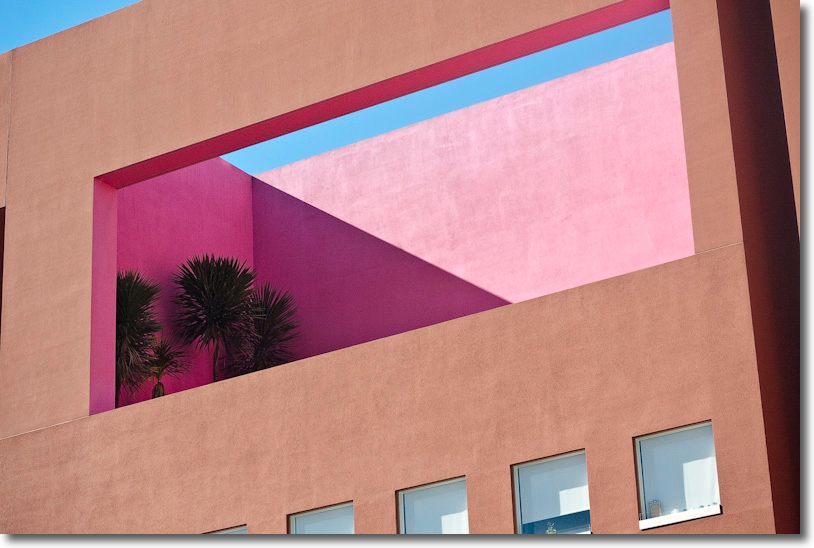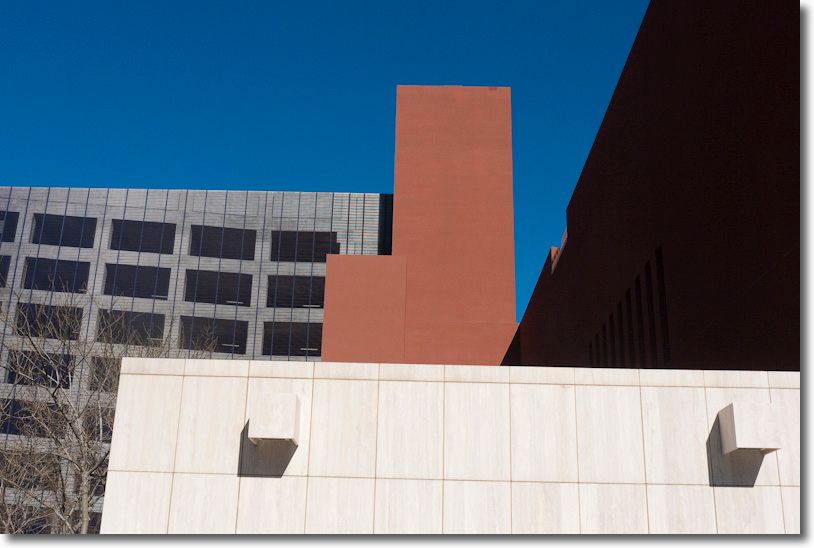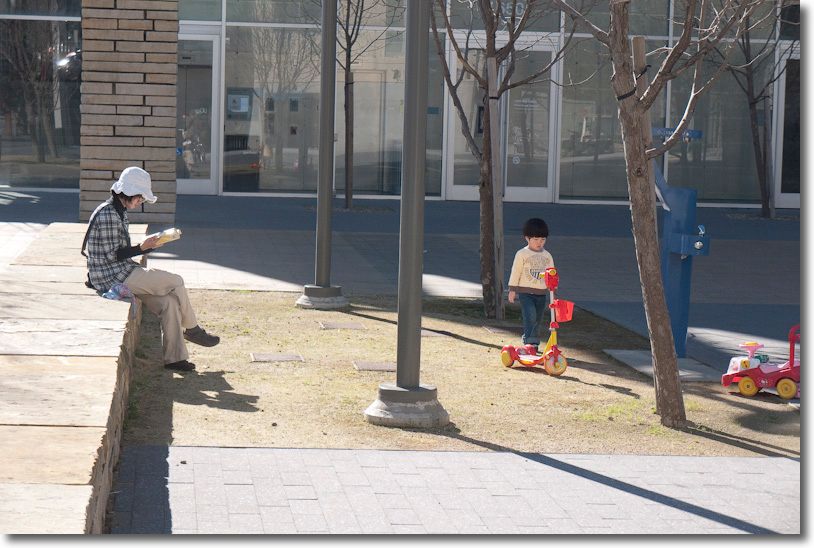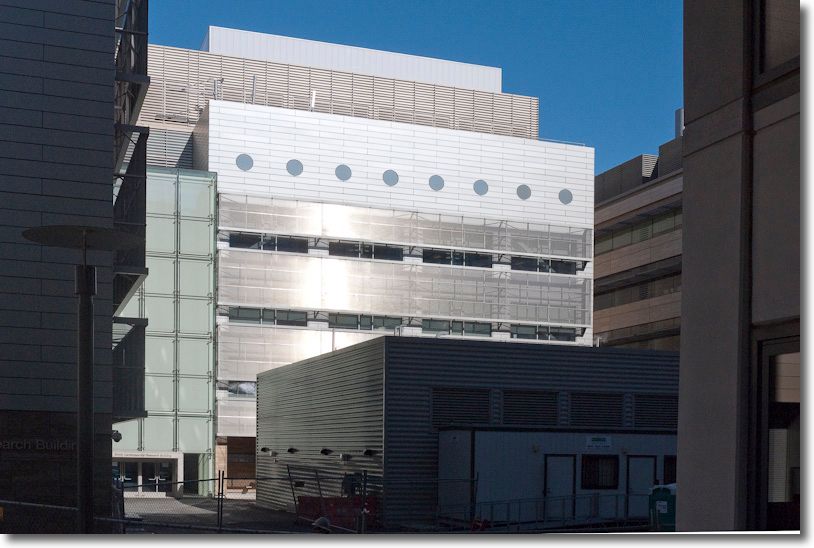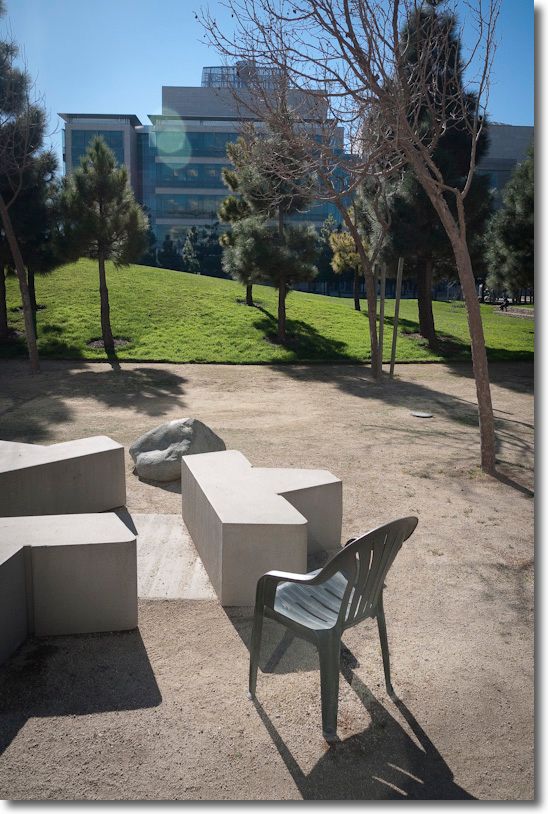A memory.
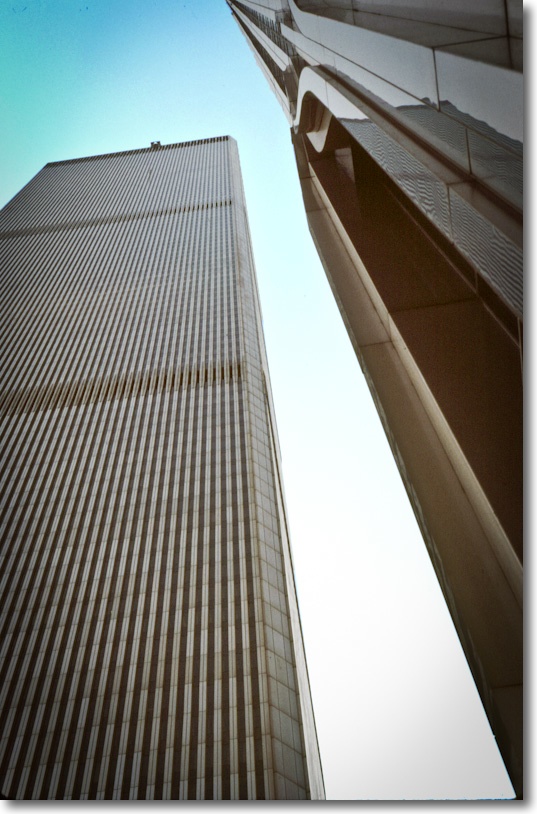
1982
No one could accuse them of being great architecture. Minoru Yamasaki’s sole nod to aesthetics were the Mayan columns at the base. Everything else was just bigness. Get as many rentable square feet in as possible. Then double it to save money on design fees.
The plaza was one of the most soulless places on earth. Dominated by an ugly spherical sculpture in its center, you rarely saw anyone out there at lunch. The ugliness was one reason. The wind tunnel that the design had created was the other.
On some days the upper floors would quite literally have their head in the clouds. My client on the 95th floor of the south tower could see nothing but white from the windows. On others, it was so clear that the sheer gargantuan overkill of these monoliths left all around them dwarfed. The lovely art deco Bankers Trust building at 1 Wall Street seemed like a miniature. All you could see was the steam rising from the rooftop air conditioners.
They were so large and housed so many that the Postal Service gave them their own zip code. At traffic hours the flow of people through the giant rotating doors was a spectacle that simply said ‘New York’ – energy, speed, bustle.
Windows on the World was the restaurant on the 106th floor of the north tower. You took a separate elevator for the last few floors. Once, when I was in it, the high winds made the tower rock and twist causing failsafes to lock the elevator car half way up. We waited patiently, helpless, for the thing to restart. At 100 floors up you are the obedient, hapless servant of structural engineers. The restaurant, strangely for a tourist location, was as good as it gets.
The only time they really came to life was on a clear night. I was walking up Broadway from 1 New York Plaza, late, where I worked at Salomon Brothers, to the Chambers Street station inside the towers, and was dumbfounded by the sheer beauty of the digital art they portrayed. I simply stopped and stared. Some windows lit, others black, it seemed like a perfect realization of the synapses of a digital computer, silently coming on and off in their obedient response in Ones and Zeroes.
I lived on West 56th Street and would take the subway downtown at weekends to Wall Street to wonder at the architectural wonders everywhere to be seen. The area was always deserted. No one lived in the financial district back then. And, try as I might, I never did take a good picture of WTC. I’m not sure it was something that was possible.
(Snapped with a Leica M3, 50mm Summicron, Kodachrome 64).
